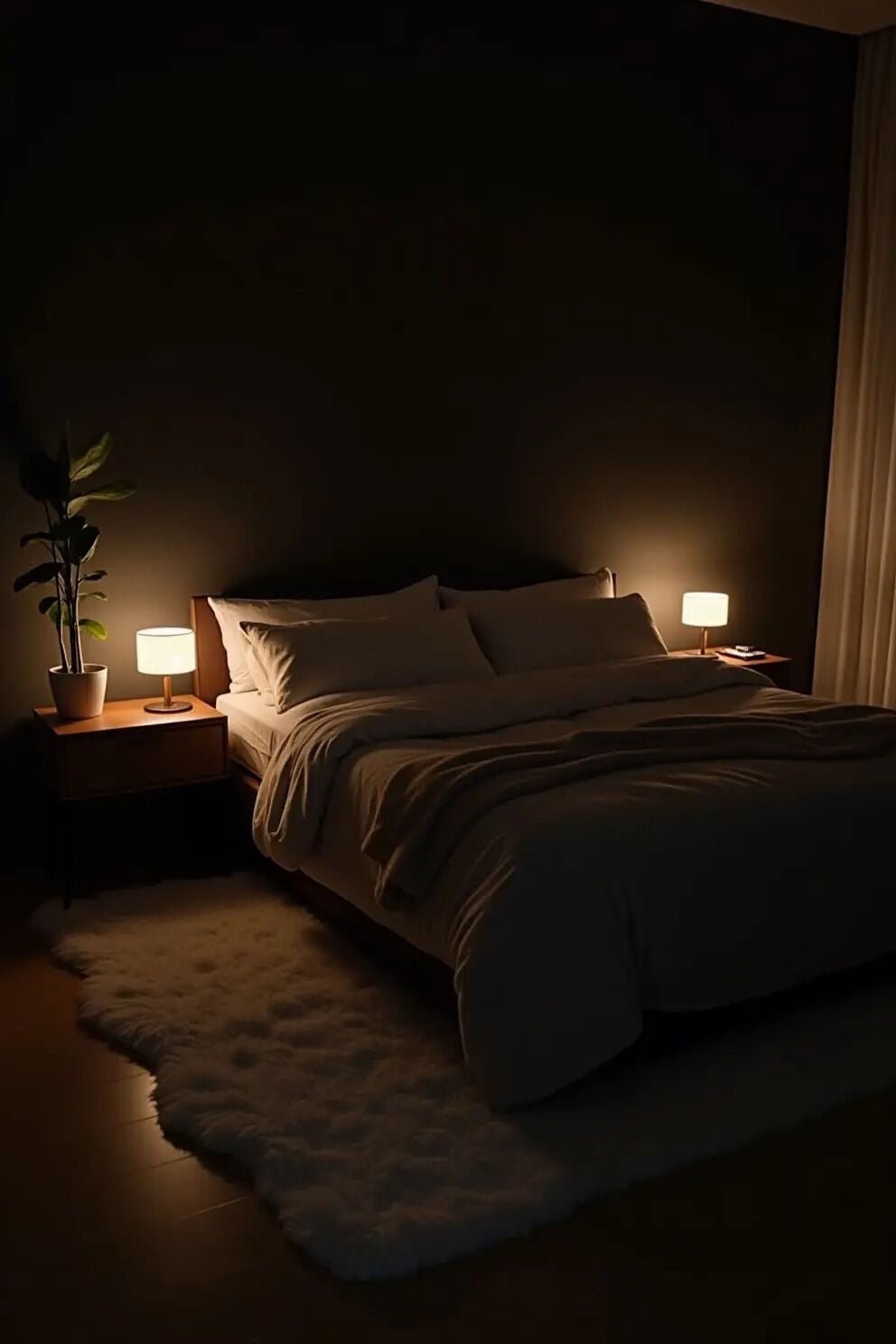
The Art of Slow Evenings
Share
The Quiet Rebellion of Rest
In a world that celebrates the fast and the restless, sleep remains one of the last acts of rebellion. A gentle refusal of the endless scroll and the blue glow. This essay is a small map back to unhurried evenings— not an escape from life, but a nightly return to it.

Reclaiming Stillness
The mind was never built for constant noise. Days spill over with pings and headlines, thoughts stacking on thoughts until the evening arrives already crowded. Sleep, then, is not simply rest—it is a return to rhythm. To balance. To breath set free from hurry.
Each night offers an invitation: dim the light, loosen the jaw, let the shoulders drop. When the room grows quieter, the body remembers what it has always known—how to soften, how to drift, how to restore without effort.

A Ritual, Not a Routine
Sleep is not a switch. It is a slow descent, a practice in gentleness. Our evenings shape our mornings; a simple ritual makes the path easier to find. A lamp turned low. A glass of water. A page or two read without hurry. The body learns by pattern, not pressure.
Drift was crafted for this moment between day and night—a quiet cue rather than a command. Passionflower to settle the mental noise. Vitamin B6 to support the body’s nightly rhythm. A light 2 mg of melatonin to signal that evening has come. Not a shortcut; an anchor.
The Texture of a Quiet Room
Environments speak. A cooler bedroom tells the body that heat can fall and pulse can follow. Fabrics matter—cotton or linen that doesn’t fight the skin. Scent matters—something herbaceous and clean, used sparingly so that the air feels newly washed. Sound matters most when it is almost absent; if silence is difficult, the softest noise—rain, distant ocean—can stand in for it.
Even the smallest adjustments carry weight. Draw the curtains early, not as a last task but as a first gesture. Put the phone in another room so the night isn’t asked to compete. Leave a carafe and glass within reach, a kindness paid forward to the person you become at 2 a.m. These are not rules. They are invitations.

Make Evenings Repeatable
Consistency is not severity; it is kindness repeated. Choose a handful of gestures you can keep on ordinary days: a short walk after dinner, screens dimmed by the same hour, two gummies of Drift about thirty minutes before bed. Repetition teaches the nervous system what to expect. Predictability becomes ease.
When mornings arrive, they do so more softly. Clarity doesn’t announce itself; it reveals itself— in the steadier mood, the fewer edges, the sense that the day will meet you where you are.
“The quieter you become, the more you can hear.”
— Ram Dass
Rest is not an interruption of life’s rhythm; it completes it. The work of the day finds its shape only when the night is allowed to do its work as well. A slower evening is not lost time. It is borrowed energy returned with interest.